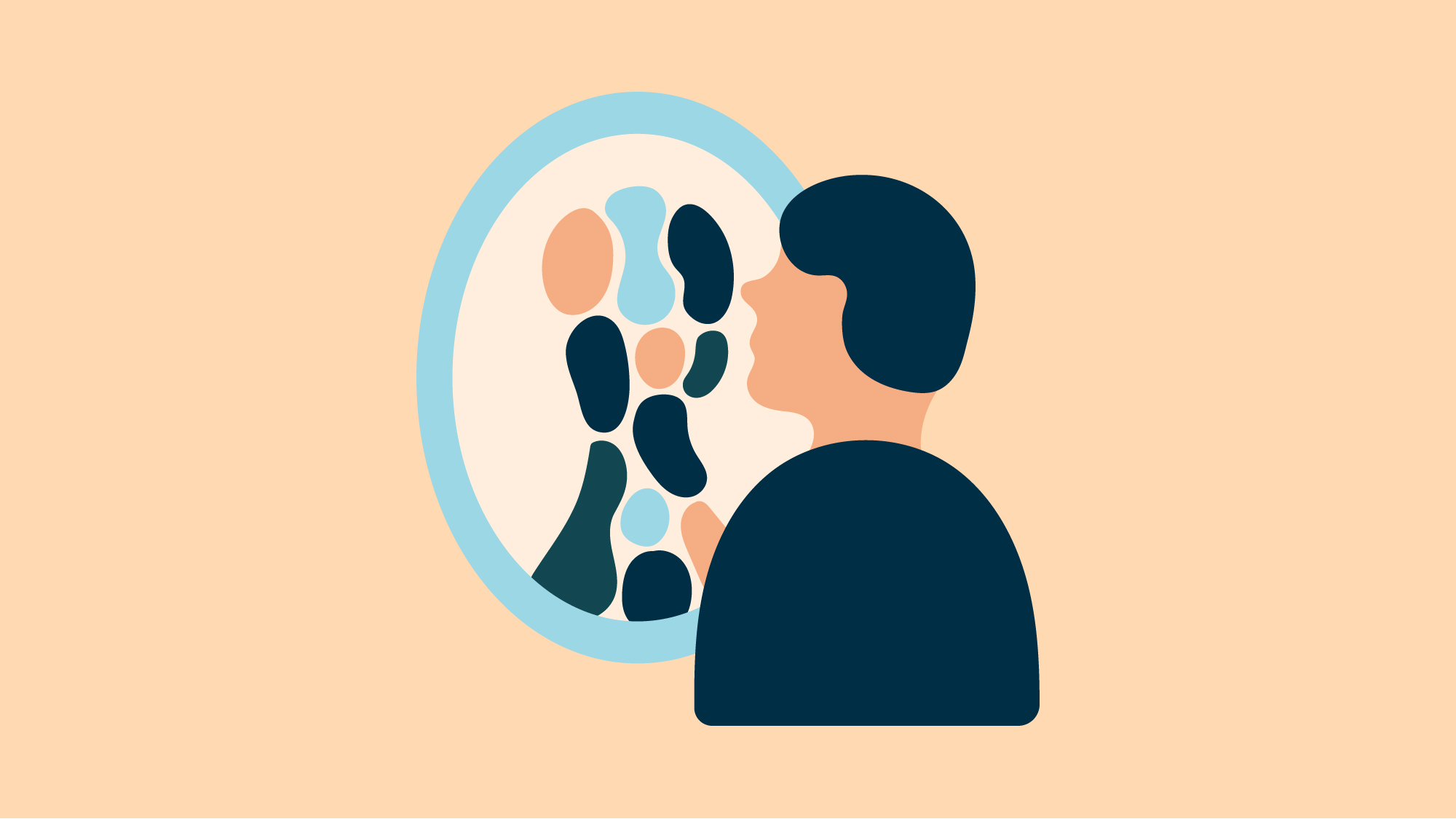What science has shown can help young people with anxiety and depression


This two-part report summarises what we’ve learned about the evidence for 'active ingredients' of effective interventions for youth anxiety and depression.
This two-part report summarises what we’ve learned about the evidence for ‘active ingredients’ of effective interventions for youth anxiety and depression – these are the aspects of interventions that make a difference in preventing or managing anxiety and depression.
- brief introduction to Wellcome’s approach in searching for these active ingredients
- findings from 30 reviews we commissioned in 2020 (Part 1) and 21 reviews we commissioned in 2021 (Part 2), which together examined the evidence for 46 active ingredients; these include approaches from the cellular level (such as circadian rhythms and hippocampal neurogenesis), to the cognitive (such as emotion controllability and reduced repetitive negative thinking), to the societal (such as social inclusion and urban access to green space)
- broad reflections on the key insights that we have taken from this work.
- the mental health science community, which we view as including researchers from any field relevant to mental health.
Since 2020, Wellcome has been commissioning research teams from across the world to review the evidence for different active ingredients deemed to help prevent, treat and manage anxiety and depression in 14 to 24-year-olds globally.
Looking across the results, we highlight several key insights:
- There is evidence to support many of the active ingredients reviewed, from the cellular to the societal. But we do not see the emergence of clear front runners; instead, many ingredients have small effects.
- No one active ingredient is likely to be enough or effective for everyone. It is likely that different people in different global contexts will need a range of ingredients in different combinations.
- Active ingredients interact as part of a complex system. For example, social connection can be directly or indirectly targeted via other ingredients, such as peer support, access to green space, use of antidepressant medication, or reduction of inflammation in the body.
- There are considerable limitations in the existing evidence base:
- The vast majority of existing work has taken place in high-income countries, and it is unclear how applicable the findings are to low- and middle-income countries.
- Many studies are underpowered or at risk of bias, limiting the conclusions that can be drawn, specifically around what works, for whom, and in what contexts.
- There is a lack of dismantling trials or similar designs that can tease apart the relative efficacy of different active ingredients.
- There is limited understanding of the mechanisms of efficacy.
Without the mechanistic understanding of how and why active ingredients work, it is much more difficult to develop new and improved early interventions and to target them to the right people at the right time. The ‘Mental Health Award: looking backwards, moving forward – understanding how interventions for anxiety, depression, and psychosis work’ proposes to address this gap in our understanding. Please visit our Mental Health programme page for further announcements in 2023.
For more information, contact the team at activeingredients@wellcome.org.